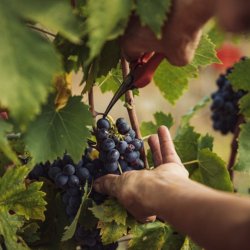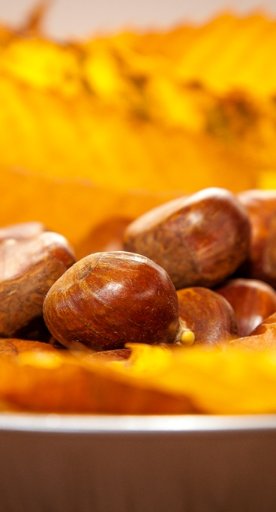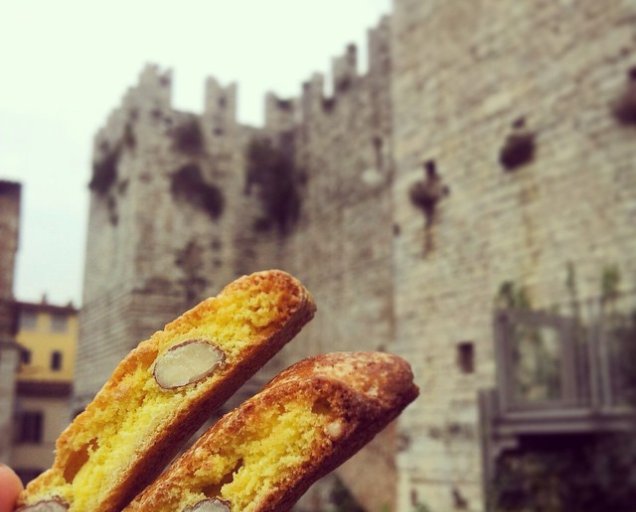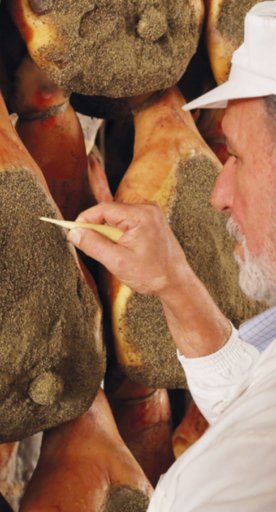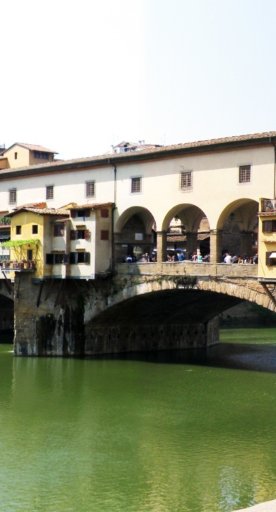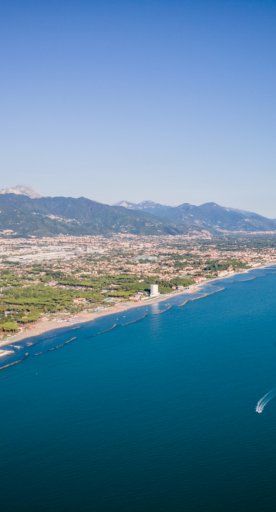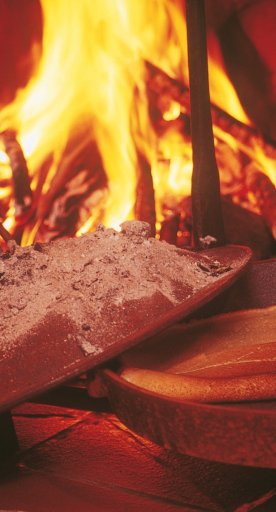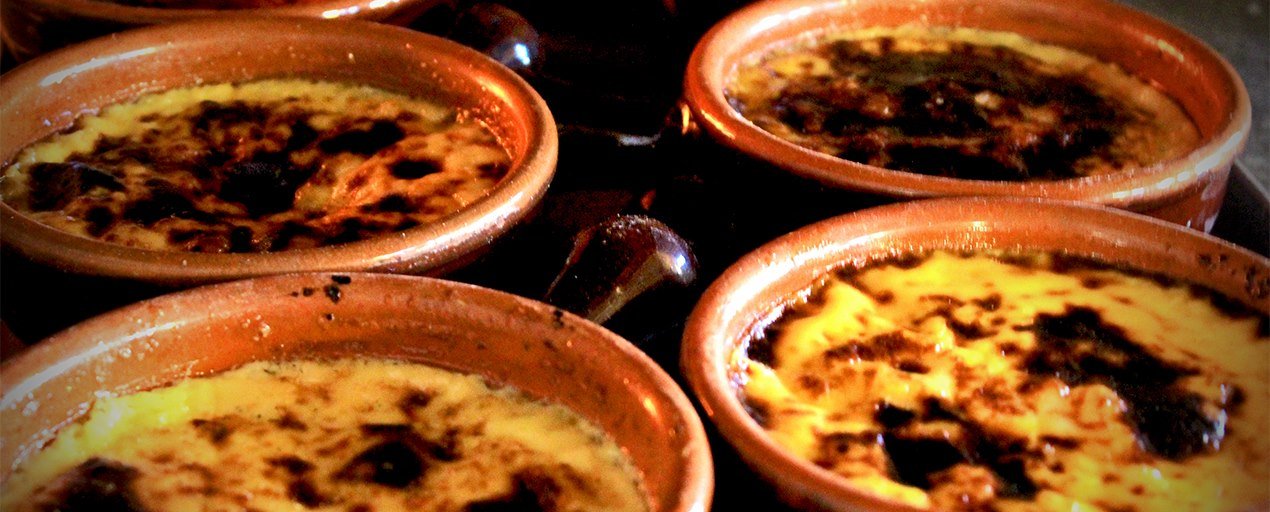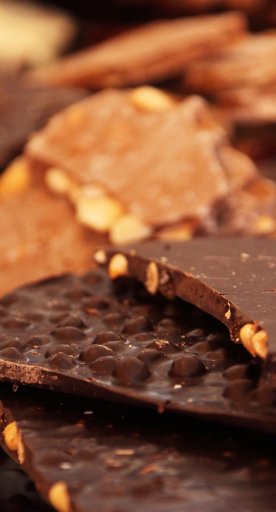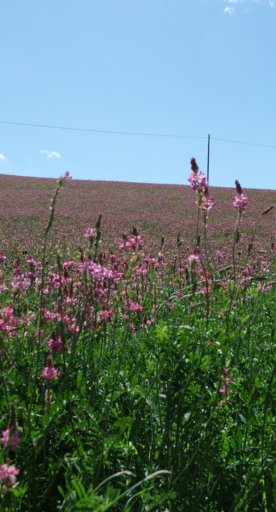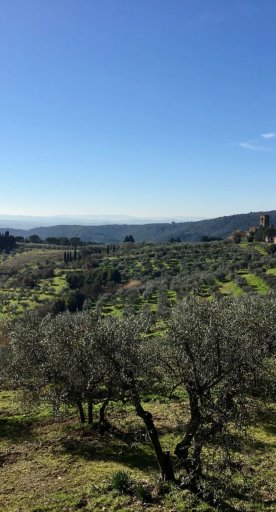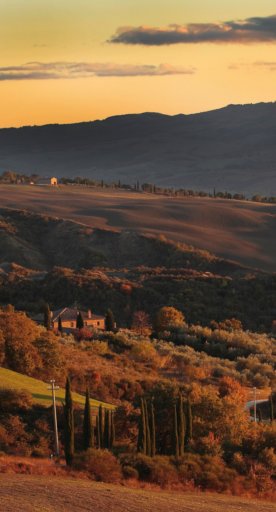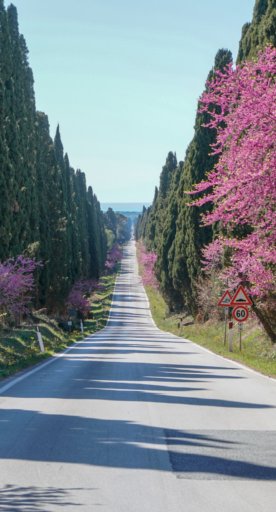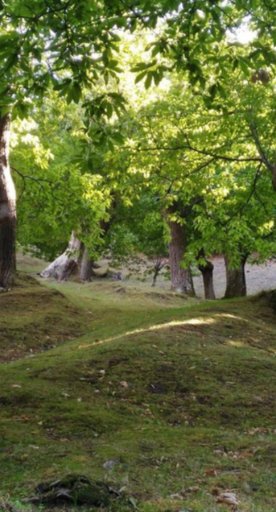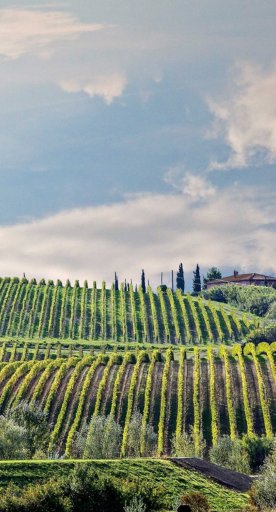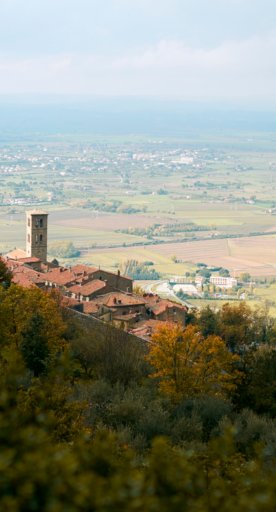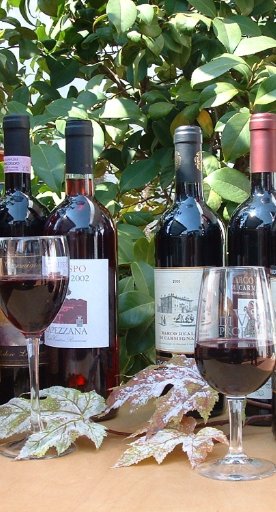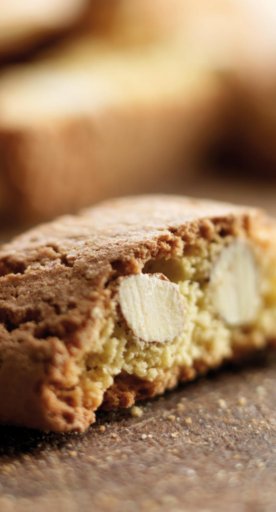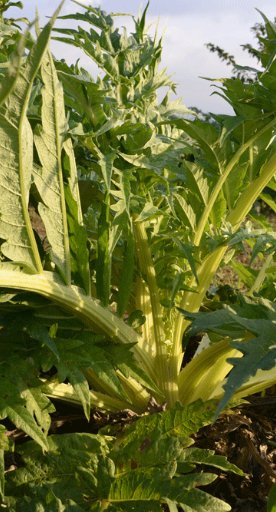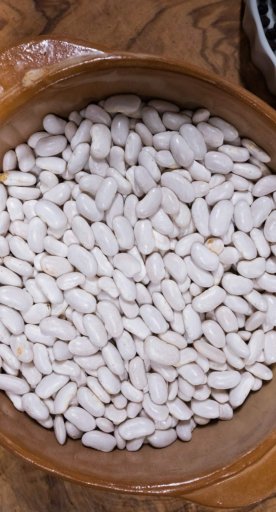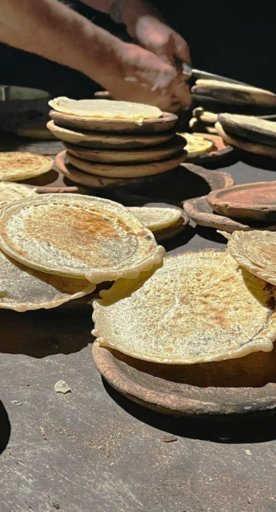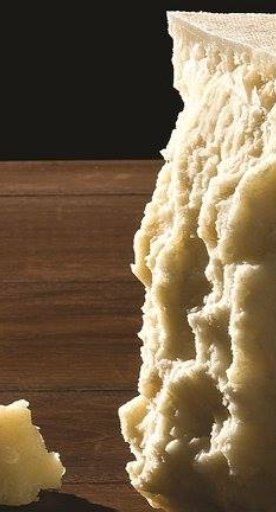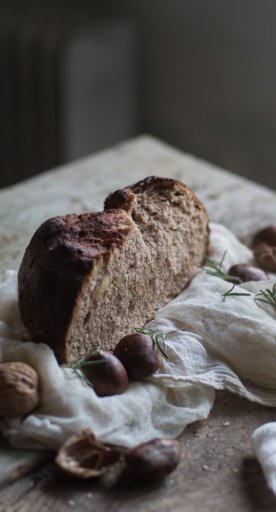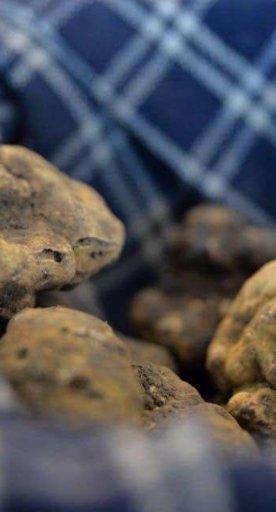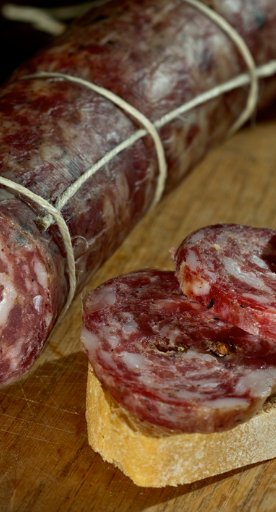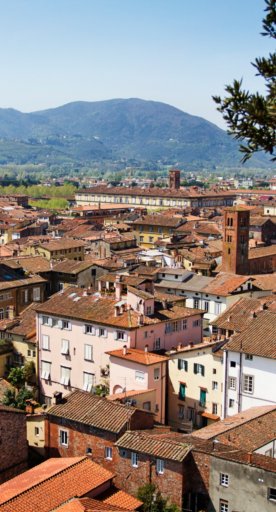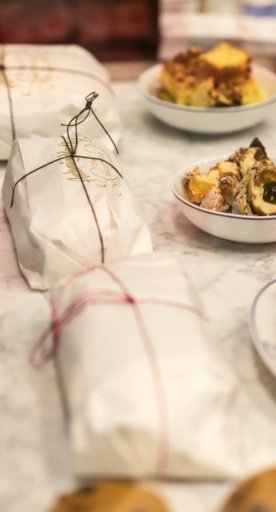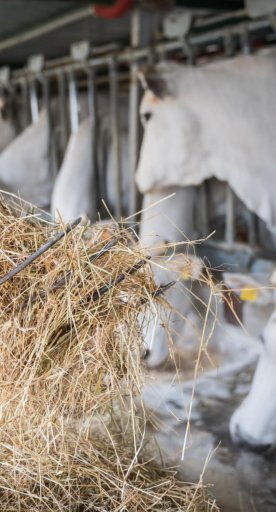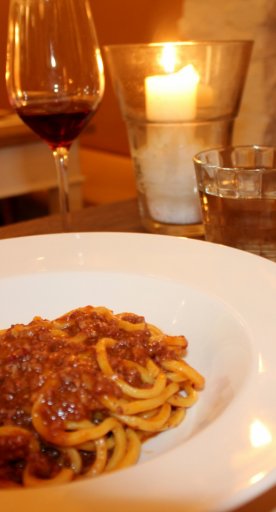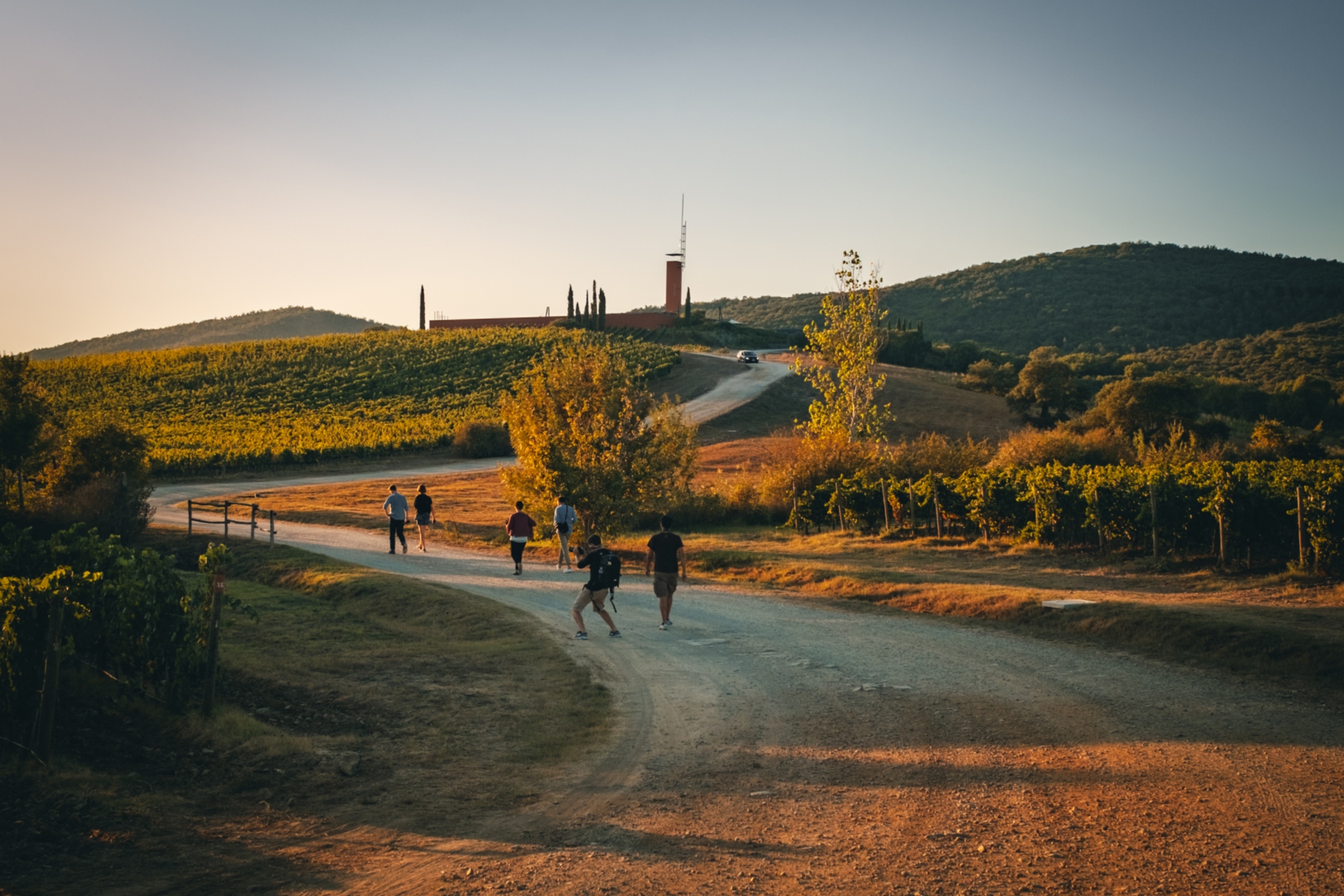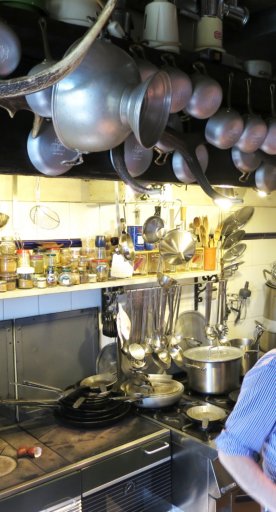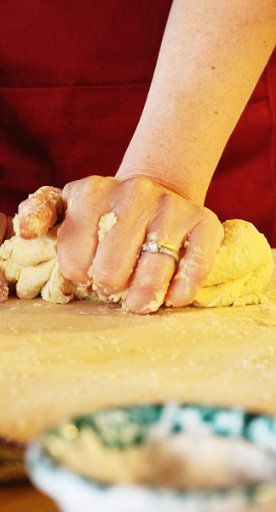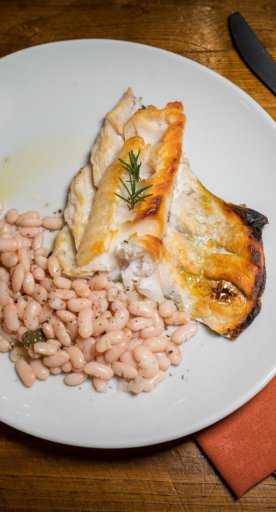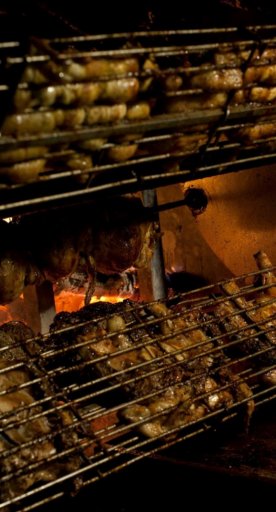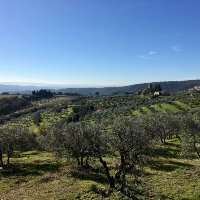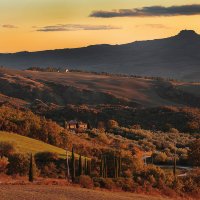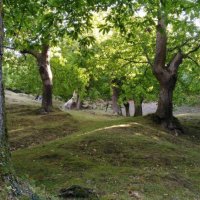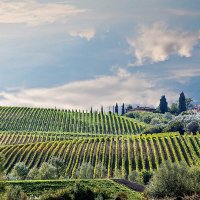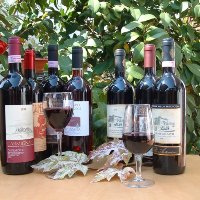

Chestnuts, the treasures of the Pistoia Mountains
History, culture and flavors among forests, mills and local traditions
One of the symbols of autumn is undoubtedly the chestnut, until a few decades ago a fundamental resource for the food and economy of the communities of the Pistoia Mountains. Harvested between October and November, the nuts were dried in special types of huts called cannicci, seccatoi or metati for about 40–50 days over a low fire, then peeled and transformed into sweet flour, the basis of typical sweet and savory dishes.
A few miles from Pistoia is the Orsigna Valley, known for being the place where journalist and writer Tiziano Terzani, even as a child, would stay for his summer vacations and where he chose to spend the last years of his life. It is still possible to visit some historic buildings dedicated to chestnut processing, such as the metato (drying hut) and the ancient mill, the Molino di Giamba. The latter, thanks to the force of water flowing through the valley, produces excellent sweet flour. Both the metato and mill are part of the Itinerario della Vita Quotidiana (Itinerary of Daily Life) under the Ecomuseum of the Pistoia Mountains, an important cultural institution committed to the enhancement and protection of local traditions and knowledge.
But metati and chestnut groves are a permanent presence throughout the Pistoia Mountains, not just in the Orsigna Valley, and autumn is the ideal season to discover them, strolling among the warm colors of the foliage and taking the opportunity to savor the traditional cuisine. Necci, tasty thin crepes paired with prized sheep’s milk ricotta cheese, and Castagnaccio, a typical rustic dessert, are both made by kneading water and chestnut flour. In the Pistoia Apennines, they represented daily bread and still continue to tell new generations about the deep connection between man and the land.

